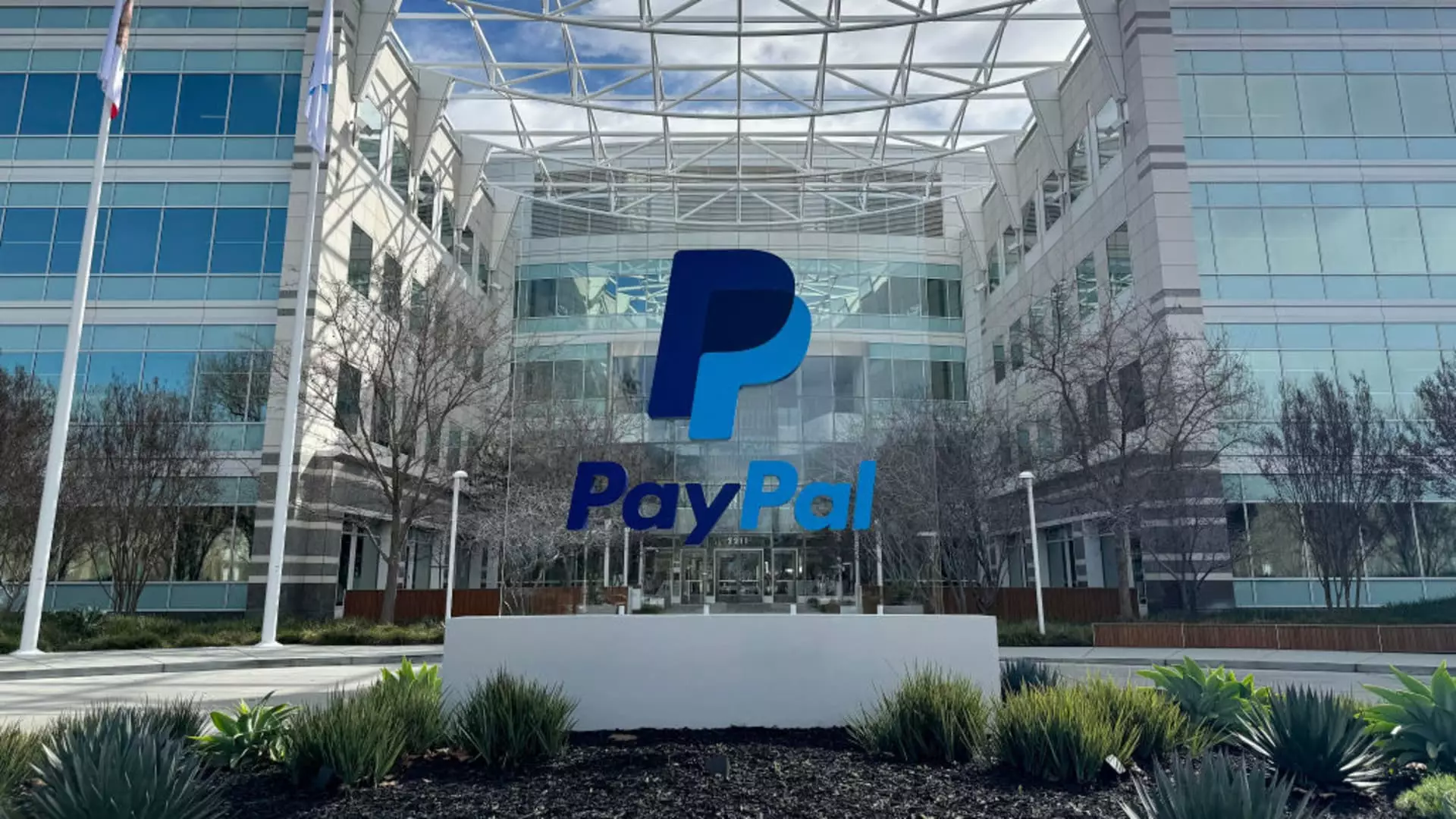As the digital economy continues to evolve, companies are forced to adapt and innovate. PayPal, once primarily recognized for its consumer-facing payment services, is now stepping decisively into the world of business-to-business (B2B) transactions. At the helm of this ambitious transformation is Frank Keller, the executive vice president of the enterprise merchant group. After modeling years of internal strategies, he believes that the company is positioned to redefine business payments with the imminent launch of PayPal Open. This initiative is not merely an enhancement of existing services but a strategic consolidation of various platforms such as Braintree, Zettle, Hyperwallet, and Chargehound into a single comprehensive brand.
Unifying Diverse Offerings
Keller’s drive to unify these disparate services arises from regular feedback from customers who reportedly voiced confusion over PayPal’s multitude of offerings. They highlight a crucial issue facing many tech companies: complex product ecosystems often lead to inefficient customer experiences. The strategic pivot towards a more coherent brand identity aims to showcase how PayPal can act as a singular powerhouse for B2B transactions, absorbing the strengths of its previous platforms while eliminating redundancy.
This evolution aligns with Keller’s two-year commitment to enhancing PayPal’s role within the B2B sector. Not unlike the grassroots growth of Amazon Web Services (AWS), Keller envisions PayPal achieving significant market penetration in a similar fashion. The focus now rests on leveraging its trusted name, built over decades, to push further into the B2B domain as competition intensifies.
PayPal isn’t just taking a step forward; it’s facing a host of formidable competitors. The landscape is populated with alternatives like Apple Pay, Google Pay, and Shopify’s Shop Pay, encroaching upon PayPal’s traditional stronghold, especially among younger consumers who favor mobile-first solutions. This market pressure is evident as branded checkout, once a hallmark of PayPal’s profitability, now accounts for approximately 30% of the company’s total transactions. As CEO Alex Chriss assumed his role in September 2023, the imperative to revitalize PayPal’s brand strategy became more urgent than ever.
It’s crucial for PayPal to address the pressing concerns of its stakeholders. The success of PayPal Open is not just foundational; it must also bolster transaction margins and enhance monetization strategies to ensure sustainability in a rapidly metamorphosing financial landscape. The potential to create a seamless experience for merchants also taps into the modern demand for integrated services, positioning PayPal more competitively against its peers.
However, PayPal Open promises to transcend its core function of processing B2B payments. The platform is designed with a vision of integration, allowing businesses, developers, and partners to access financial services and AI-driven insights through a unified channel. This multifaceted approach positions PayPal as not merely a transaction processor but as an essential partner for business growth.
Merchants will benefit from enhanced tools such as fraud protection, flexible financial solutions including buy now, pay later, and support for transactions across 140 currencies. By streamlining functionalities and offering these features under one umbrella, PayPal is set to alleviate the burdens commonly faced by businesses managing multiple service integrations.
Maintaining Brand Distinctions
Interestingly, the consolidation strategy will not encompass Venmo, a pivotal brand in the PayPal portfolio that boasts over 90 million active users in the U.S. Venmo’s popularity, especially among younger demographics, remains strong, and Keller acknowledges its distinctiveness saying, “People say, ‘Venmo me.’ It’s such a distinct consumer brand.” This separation signifies a strategic recognition that not all brands within the umbrella need to merge for PayPal to benefit from their high consumer equity.
As PayPal prepares to roll out its Open initiative, beginning with a phased transition in April, Keller assures businesses that existing integrations won’t be discarded or rendered obsolete, promoting smooth adaptation into the new framework. He stresses the vision of PayPal becoming an open platform for collaborative innovation, where businesses can easily build upon existing solutions.
The transition to PayPal Open represents a significant pivot for a company navigating the challenges of an updated economic tapestry. With ambitious goals outlined by Keller and a dedicated strategy under Chriss’ leadership, PayPal is setting the stage not only for its survival but prospective growth in the competitive B2B space. Through thoughtful integration and innovation, it is ready to redefine how businesses engage with financial technologies.


Leave a Reply